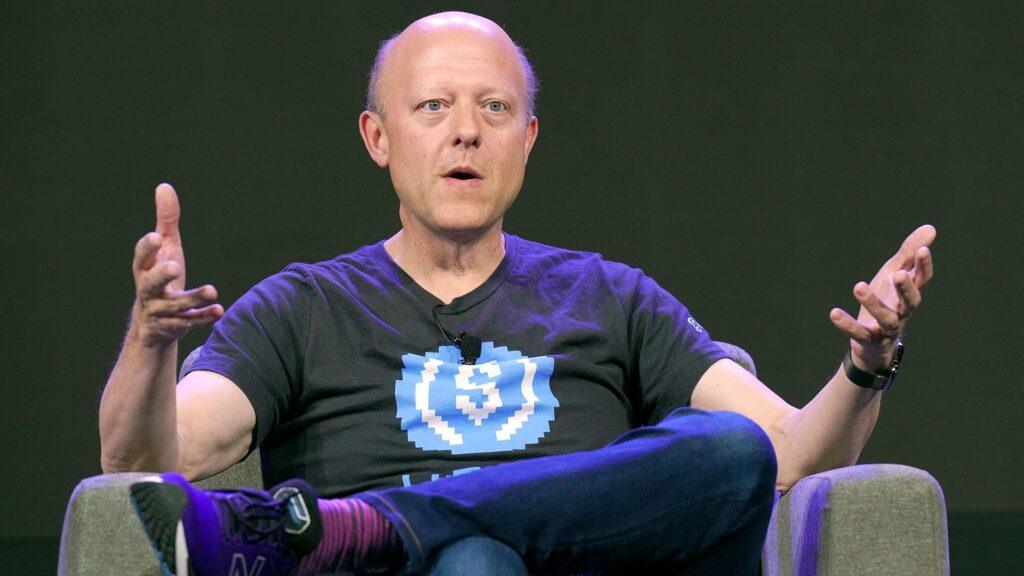Circle, the cryptocurrency company behind the $48 billion USDC stablecoin, said on Tuesday that it has acquired tokenized real-world asset (RWA) issuer Hashnote.
The companies closed the deal this morning, a Circle spokesperson told CoinDesk, and it was announced in Davos, Switzerland, during the annual meeting of the World Economic Forum. The companies did not disclose pricing details.
Circle aims to integrate USYC with USDC, Circle’s flagship stablecoin, enabling convertibility between cash and yield-generating collateral on blockchains, according to the press release. Hashnote issues the $1.3 billion USYC token, which saw massive growth last year to become the largest US Treasury tokenized product on the market, according to data from rwa.xyz.
Circle CEO Jeremy Allaire said this marks a significant step towards aligning traditional financial structures with the speed and transparency of blockchain-based markets.
“This is a huge unlock for a market that is increasingly driven by institutional adoption, and where participants are increasingly expecting market structures that are common in TradFi,” Allaire said.
Circle shared plans a year ago to go public, and the crypto industry widely expects the public stock offering to happen later this year.
Tokenization and stablecoins
The acquisition underscores the synergies between two of the hottest trends in crypto: stablecoins and tokenization. Tether, Circle’s main stablecoin competitor, launched a tokenization platform last year.
Stablecoins, a $200 billion cryptocurrency asset class with prices pegged predominantly to the US dollar, are a crucial piece of infrastructure in tokenization efforts. They are used as a bridge between fiat money and digital assets and are widely used to settle transactions on blockchain rails.
Tokenized RWAs, such as Treasury bills and money market funds, are rapidly gaining traction among sophisticated investors and asset managers as collateral for trades. Unlike traditional markets, blockchain-based assets promise transparency, accessibility, and round-the-clock trading. Treasury-backed tokens also allow investors to earn a return while being posted as collateral or margin for trades, improving returns compared to trading collateralized with fiat money or stablecoins.
For example, Singapore-based hedge fund QCP Capital executed a bitcoin (BTC)-based trade in early January using BUIDL, the money market fund token issued by BlackRock and Securitize.
USDC in Guangzhou
Circle also announced that it has reached an agreement with Cumberland, a crypto trading firm and market maker affiliated with DRW, to provide liquidity and facilitate settlements for USDC and USYC. The partnership aims to expand USYC as a form of collateral on exchanges and custody platforms.
Additionally, Circle presented plans to deploy USDC on the Canton Network, a blockchain used by traditional financial institutions for real-world asset transactions. Integration with Canton would allow for consistent liquidity between cash and collateral and enable seamless transfers between decentralized and traditional markets.




